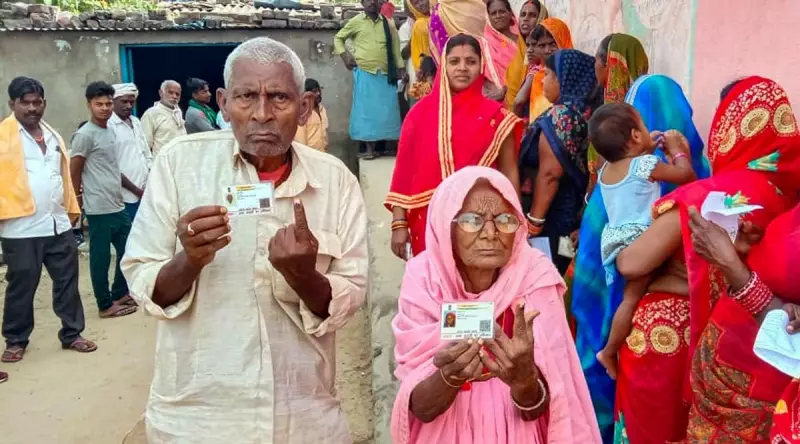
As the political battleground of Bihar heats up for the crucial 2025 assembly elections, a fascinating transformation is underway in the state's development narrative. What critics often dismiss as 'freebies' are increasingly being recognized as strategic welfare investments with long-term implications for social and economic empowerment.
The Caste Census: A Game-Changer in Bihar's Political Arithmetic
The recent caste survey conducted by the Bihar government has fundamentally altered the political discourse. This comprehensive exercise has provided unprecedented data that's reshaping how welfare schemes are designed and implemented. Rather than blanket promises, political parties are now crafting targeted interventions based on precise demographic information.
The survey revealed startling economic disparities across caste groups, creating a new framework for development policies. This data-driven approach marks a significant departure from traditional electoral promises and positions welfare as an instrument of social justice rather than political charity.
Beyond Populism: The Nitish-Tejashwi Development Model
The current Mahagathbandhan government, led by Chief Minister Nitish Kumar and Deputy CM Tejashwi Yadav, has pioneered what political analysts call the 'New Welfare Architecture.' This model combines:
- Employment generation through massive recruitment drives
- Educational reforms focusing on skill development
- Healthcare accessibility improvements in rural areas
- Infrastructure development with employment potential
This comprehensive approach challenges the conventional 'freebie' narrative by demonstrating how welfare spending can stimulate economic growth and create sustainable development pathways.
Economic Empowerment vs. Electoral Freebies: The Critical Distinction
Political observers note a crucial distinction emerging in Bihar's political vocabulary. While 'freebies' imply short-term benefits with limited developmental impact, 'welfare schemes' represent structured programs with measurable outcomes and long-term vision.
The emphasis has shifted from temporary relief to permanent empowerment, from consumption support to productive asset creation. This paradigm shift is redefining how voters perceive development promises and holding political parties accountable for delivery rather than just announcement.
The 2025 Verdict: Welfare as Political Currency
As Bihar moves toward the 2025 elections, welfare politics is evolving into a sophisticated tool for social engineering and economic transformation. The debate is no longer about whether to provide welfare, but how to design it for maximum developmental impact.
The emerging consensus suggests that successful welfare programs must combine immediate relief with sustainable empowerment, creating a virtuous cycle of development that benefits both the recipients and the state's economy.
This new welfare paradigm in Bihar could potentially set the template for other Indian states, demonstrating how targeted social spending can become an engine of inclusive growth rather than a fiscal burden.





